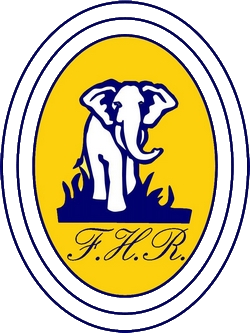
ELP is not just about elephants, but is also about people: researchers, supporters, colleagues, and friends, who together make ELP happen. Here we give a brief history of how ELP began, and short descriptions of the more central players, past and present.
In some ways, the Elephant Listening Project began at the Portland Zoo in 1984, when Katy Payne felt (more than heard) the low-frequency rumbling communication of two Asian elephants, a male and female, who were standing on opposite sides of a concrete wall. In the following years, Katy and a group of dedicated colleagues demonstrated that elephants often communicate using sounds below the threshold of human hearing, their sounds carry over vast distances, and that elephants use vocal communication to bind their complex family social system together. Katy describes the fascinating trajectory of her interest in elephant communication in the delightful book Silent Thunder: In the Presence of Elephants.
The Elephant Listening Project is a not-for-profit organization associated with the Bioacoustics Research Program (BRP) at The Cornell Lab of Ornithology in Ithaca, New York. Since its inception, ELP has depended on financial support from a diversity of governmental and non-governmental organizations, private donors and BRP.
Some of the earliest research was focused on characterizing low-frequency communication in savannah elephants, but increasingly the focus has been on forest elephants in the rainforests of Central Africa.
Elephant listening Project, Cornell Lab of Ornithology, 159 sapsucker Woods road, Ithaca, New York 14850-1923,
USA
E-mail: info@elephantlisteningproject.org
Coordinates
159, sapsucker Woods road, Ithaca, New York, USA-14850-1923
http://www.birds.cornell.edu/brp/elephant/
